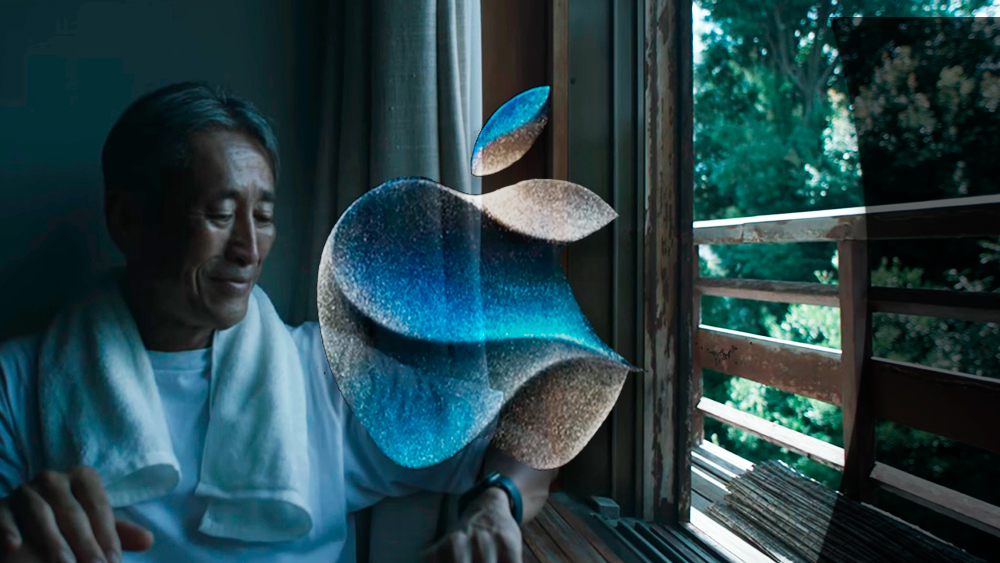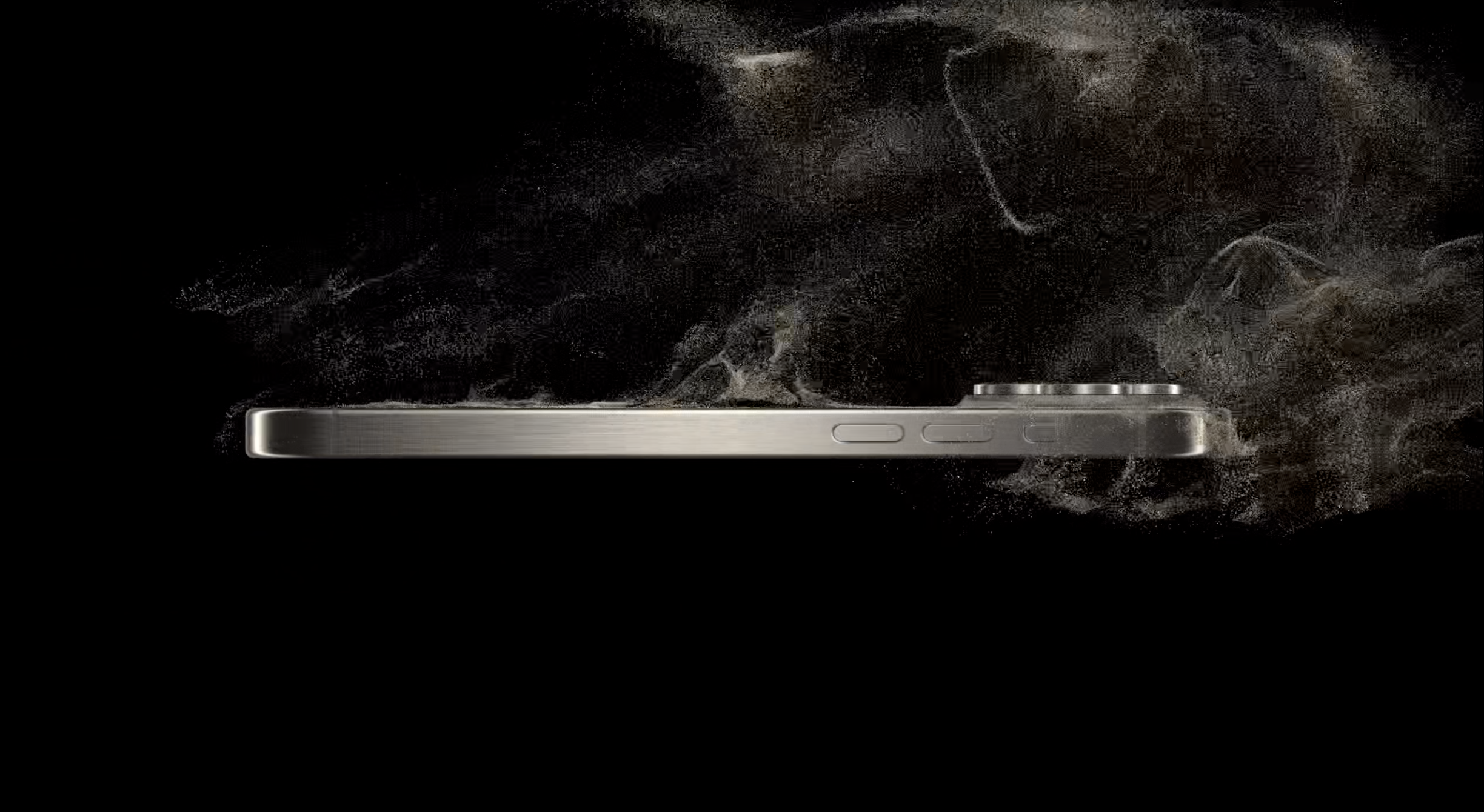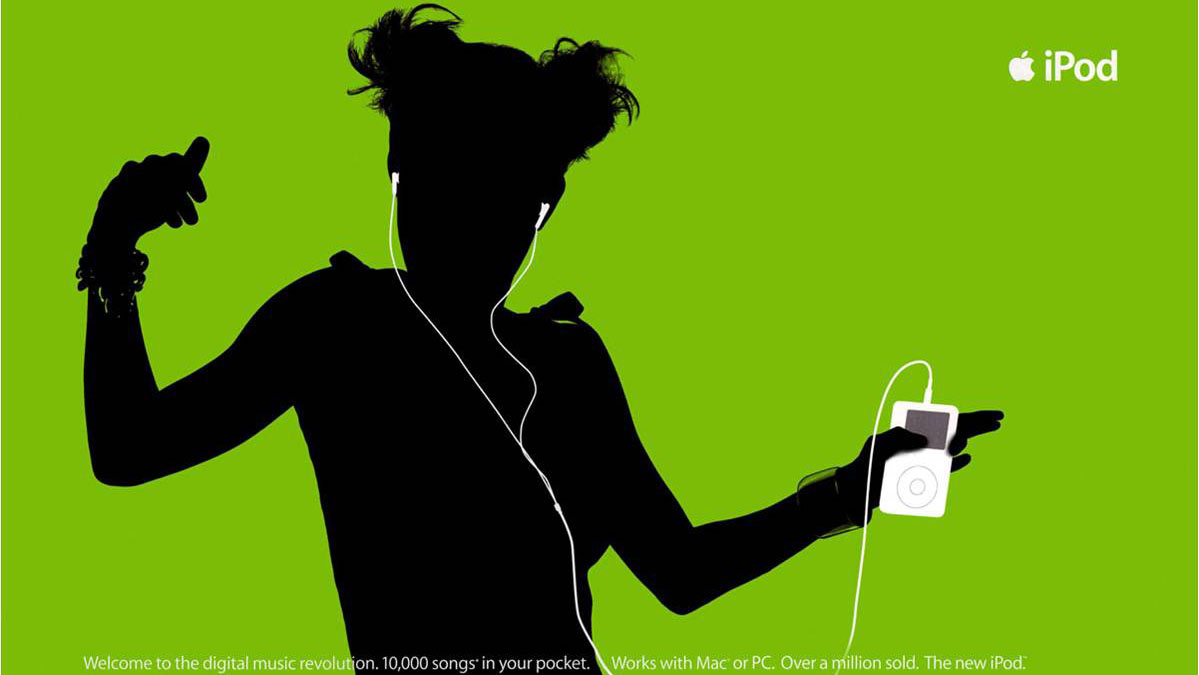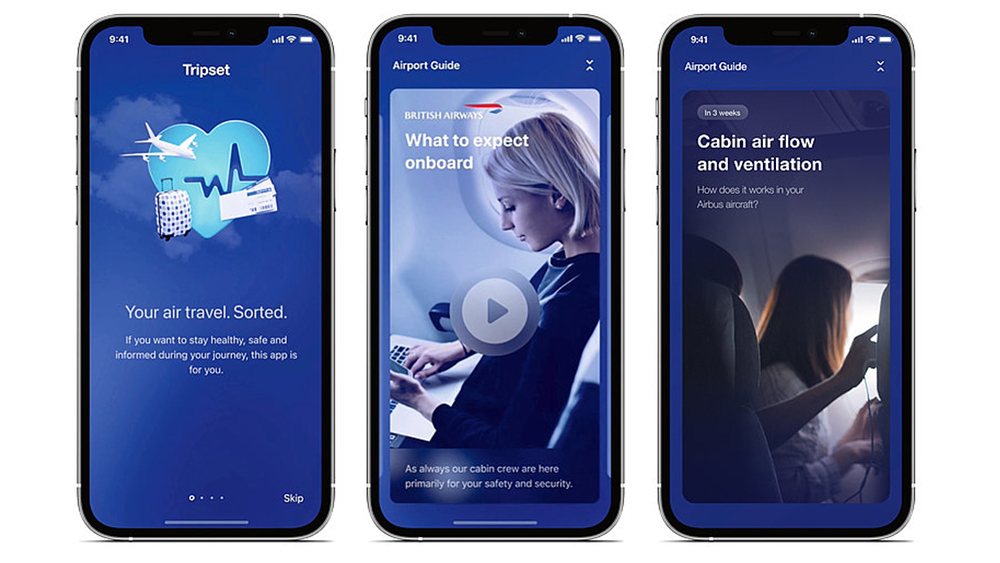
Anyone turning in for Apple's Wonderlust event last month was probably there for news on the features of the new iPhone 15 and Apple Watch Series 9. But like many Apple product launches, we were shown a lot more than that.
As well as all the technical details on specific products, there was a huge amount of emotional messaging around the whole Apple brand. The introduction didn't showcase a product but rather the stories of Apple users, and there was a big emphasis on green credentials. Kevin Davis, co-founder and managing partner at the product experience design firm Milkinside and an expert in human-centric product design, believes Apple’s strategic use of emotional intelligence (EI) is the key to its success. We spoke to him to find out more.
What was Apple's aim with the introduction to its Wonderlust event?

For a long time, Apple has been a leader in telling stories that show technology as part of our lives, rather than just feeding us technical product specs. This opening video at Wonderlust was a touching montage of human lives enriched and augmented Apple products.
I was struck by how emotionally invested I was in how technology had connected these people to their families even before the reveal of how Apple’s products had literally saved their lives. We weren’t burdened with an explanation of how the accelerometer measures a fall, or details about how a watch detects an ailing heart. Apple knew that they weren’t selling just a new chip set - but the extra time with our loved ones that we all hope to have.
So many of the decisions we make as humans are fundamentally emotional in nature, and for most of us the facts and figures we conjure to justify major purchase decisions are ex-post justifications. When someone makes a purchase, they are telling themselves the story about who they are, and how this thing fits into their life. Once again, Apple made it easy for us to visualize their products making our lives better.
Why is emotional intelligence so important in branding?
Emotional intelligence in branding is all about the ability to connect with the end-consumer and tell a story that will resonate with them. What makes a great brand is when you are providing your customers or users with the hooks or emotional APIs to incorporate your product experience into their personal stories. Ultimately, effective branding relies on the ability to understand how you want your users to feel when using your product, and being able to tell that story in a way that resonates and drives action.
How does Apple do it?

The core of Apple’s approach to marketing - and I assume to product design - is that they put individuals and their emotions at the very center of the story. The viewer presented with universally relatable thoughts and feelings and impulses and desires.
Get the Creative Bloq Newsletter
Daily design news, reviews, how-tos and more, as picked by the editors.
To me, this Wonderlust introduction could be just titled: GRATITUDE. This is what Apple does with every product: Tell a simple human emotional truth about the experience they create. For example, the original Apple iPod billboards were iconic bright and eye-catching silhouettes of people, dancing to the music they love. Few of us are as cool or fit or maybe even as joyful as those dancers. But we could be! The message was simple: JOY.
Apple tells stories that lean into our common experience, our empathy for each other, and make us identify with their protagonist and feel better about ourselves in the process.
What other brands do this well?
Conscious consumers probably know about the company vision that drives Patagonia, for instance, because they make their dedication to causes that their consumers care about the center of their product stories. Promotional materials show the activities their customers enjoy, and invite users to feel good about wearing Patagonia in the process. The stories the company tells about their cherished environmental causes build brand loyalty in the process.
Nike has also had great success with directing our emotional context, making the brand stand for determination: Just Do It. Find Your Greatness. Nike led the way in building pop culture heroes out of professional and amateur athletes, and successfully invited consumers to see the athlete within themselves. We’re invited to imagine ourselves as elite strivers, and also bask in the reflected glory of superstars like Michael Jordan and Serena Williams.
Or Gatorade who turned drinking a sport drink into the emotion of feeling like a serious athlete. Gen-Xers can probably all sing along to the “Be Like Mike” TV ad. Telling these human stories can be really hard to do for big corporations, especially in technology, even as it dominates in other sectors.
How can other brands learn to use emotional intelligence in their branding?

Taking a storytelling approach to product design really should be first and foremost. These days, a great product, and a great experience design are the cost of entry for taking this approach to brand identity.
Far too often even consumer products will short change the user experience to cut costs or because they took a “technology first” rather than “user first” approach to product design. There are so many thoughtful ways to incorporate this deep, personalized, story telling focus into the design process - and it's important to draw on as many of them as possible.
Is there a danger of getting it wrong and coming across as phony?
Absolutely. This is a risk companies face all the time. Effortless experience design and beautiful visual and motion design are best rooted in a deep empathy for the user. If our teams can’t recognize the value and see the product opportunity and share in the passion for the end product, it will almost always show in the result.
For more on branding, see our pick of the best branding books and the recent rebrandings of Android, Johnson & Johnson and Jell-O.

Thank you for reading 5 articles this month* Join now for unlimited access
Enjoy your first month for just £1 / $1 / €1
*Read 5 free articles per month without a subscription

Join now for unlimited access
Try first month for just £1 / $1 / €1

Joe is a regular freelance journalist and editor at Creative Bloq. He writes news, features and buying guides and keeps track of the best equipment and software for creatives, from video editing programs to monitors and accessories. A veteran news writer and photographer, he now works as a project manager at the London and Buenos Aires-based design, production and branding agency Hermana Creatives. There he manages a team of designers, photographers and video editors who specialise in producing visual content and design assets for the hospitality sector. He also dances Argentine tango.
